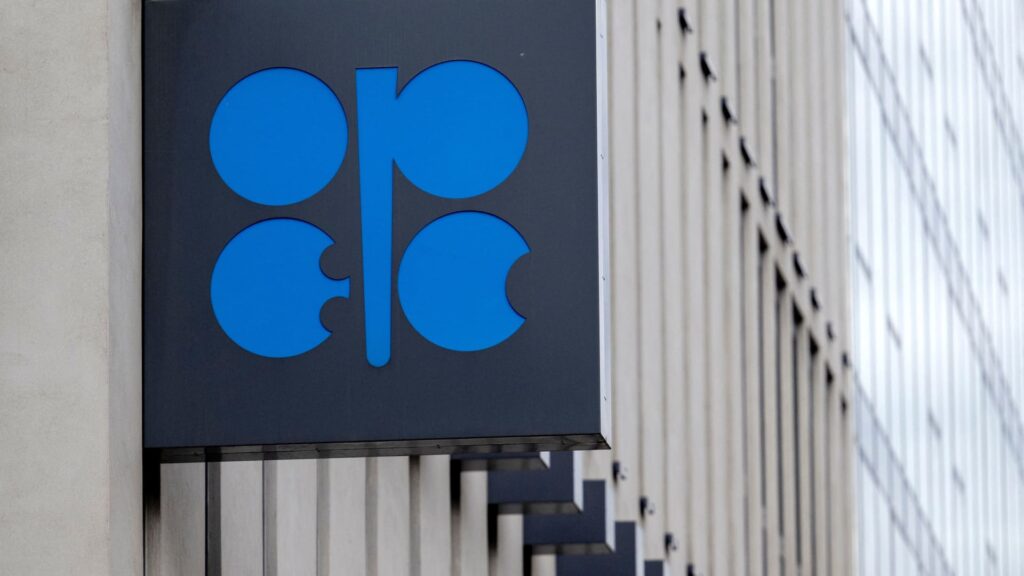The logo of the OPEC is pictured at the OPEC headquarters on October 4, 2022. In October last year, the oil cartel announced its decision to cut output by two million barrels per day.
Joe Klamar | Afp | Getty Images
Several OPEC+ members are set to tighten global production by an additional 1.16 million barrels per day until the end of the year, further burdening central bank efforts to curtail global inflation — but critically protecting the alliance’s broader output strategy from political pressures.
Washington has stepped in to criticize Sunday’s announcement where eight OPEC+ producers — including group leader Saudi Arabia and key allies Kuwait and the UAE — said they would remove more than a combined 1 million barrels per day from global oil markets, as part of an independent initiative unlinked to the broader OPEC+ policy.
This adds to Russia’s existing intentions to trim 500,000 barrels per day of its own production from February output levels, now until the end of the year — bringing the combined voluntary cuts of OPEC+ members in excess of 1.6 million barrels per day.
“We don’t think cuts are advisable at this moment, given market uncertainty — and we’ve made that clear,” a spokesperson for the National Security Council said, according to Reuters.
U.S. President Joe Biden’s administration has repeatedly lambasted the OPEC+ group for its production cuts, citing the inflationary toll on households and flinging accusations of camaraderie with sanctions-struck Russia. Curbs in production lead to smaller supply, causing higher prices at the pump in importing countries which then provides a boost for headline inflation figures.
Relations devolved into a war of words with OPEC+ chair Saudi Arabia at the end of last year, when the oil group agreed a 2 million barrels per day cut until the end of 2023 — a decision upheld at ministerial and technical committees since.
One such technical council, the OPEC+ Joint Ministerial Monitoring Committee concluded on…
Read the full article here





